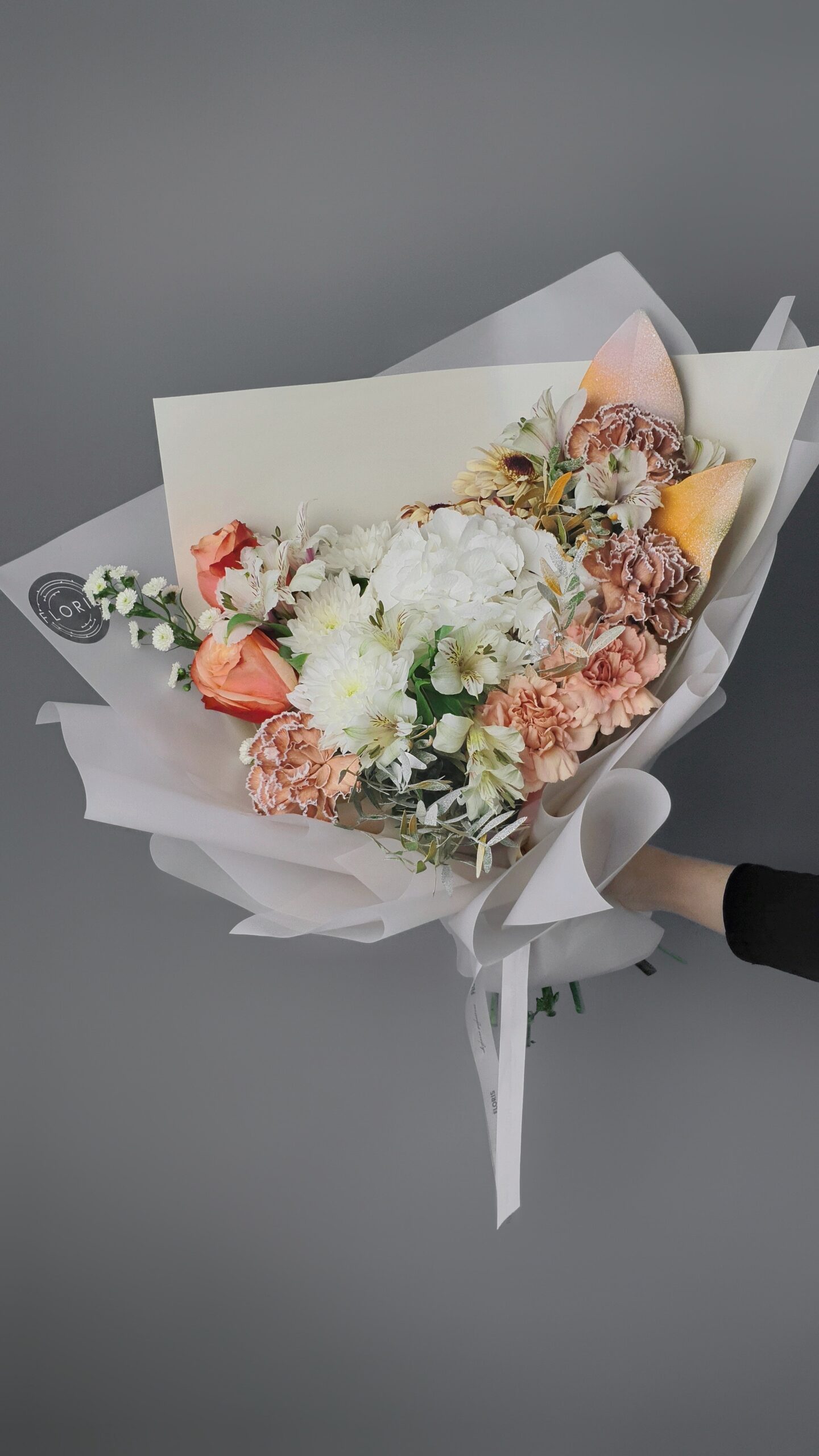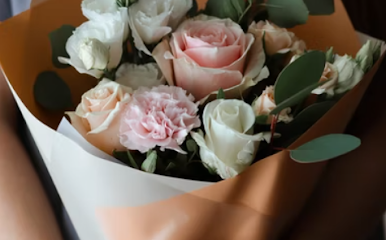Lifestyle
How To Dry And Preserve Flowers: A Guide to Capturing Nature’s Beauty

Everyone wants to know how to dry and preserve flowers? To make your home look nice, you can buy some flowers. But no matter what time of year it is, your favorite plants will die. However, you don’t have to throw away that ideal flower or centerpiece. You can maintain it for a long time or even for a long time.
The best way to preserve flowers would be to dry them out entirely, but which technique is best dependent on the characteristics of the flower, how old it is, and what you want to achieve. Some methods don’t require much work, while others are more complicated. Do you want to start drying your flowers right away? Use of these easy techniques to keep their natural beauty intact.
Why Dry and Preserve Flowers?
Before diving into the techniques, let’s understand why you might want to dry and preserve flowers:
- Sentimental Value: Flowers often carry sentimental value, like a bouquet from your wedding or a special anniversary. Preserving them allows you to cherish these memories.
- Decorative Purposes: Dried flowers can be used for various decorative purposes. They make stunning additions to wreaths, flower arrangements, and even as standalone decor.
- Cost-Efficient: Buying dried flowers can be expensive, but preserving your own can be cost-efficient and sustainable.
- Unique Gifts: A bouquet of dried flowers is a unique and thoughtful gift that can last for months or even years.
Now that we understand the benefits, let’s explore the steps to dry and preserve flowers effectively.
Top 4 Easy Ways to Keep Their Natural Beauty:
You may air-dry them on a clothesline.
You don’t have to do much to get your blossoms or foliage to dry. You need to exit them out in the open, called the “hang and dry” technique by Clemson University’s Home and Garden Resource Center.
It would help to cut these petals straight before they reach full flower. They should then be “gathered, linked, and decided to hang upside down in a hot, gloomy, dry area,” they say. That is good for keeping blue and yellow colors, but rosier tones will fade more than other colors, like pink. Maintain their unity for a few weeks by using rubber bands to hold them together.
Putting solitary flowers with their culms in a container with some water is another way to make flowers that last longer. To maintain their beauty, these flowers should be stored in a dark, warm, and dry environment, much as those grown upside down. Lavender, baby’s breath, and heather are excellent candidates for air drying because of their semi-dry nature.
Pop them in the microwave.
It’s true: Purdue University’s agriculture department says that your microwave is a great way to dry flowers, and it works very well. Microwave-safe plate with a dryer inside to sustain the bloom. Using a cup of water, microwave it on high for a few minutes to keep it moist.
It might still take up to two mins to cut small flowers like bluebells and daisies. Greater flowers like peonies and mums could take at least three minutes. Do not have to do it all at once. You can microwave your flower for one minute at a time until it becomes dry.
Use things like silica, borax, and sand to keep things dry.
You can preserve organic or high-quality flowers with desiccants like silica and sand, which can be used to keep almost any kind of flower in good condition. They work best for flowers that wither and die rapidly and need to be kept for a long time. A combination of sand and silica gel works even better, but you could also use a borax-sand mix or a borax-cornmeal combine to make a paste. You could even use your adsorbents again after you’re done with them.
To preserve your flowers:
- Cut off most of their stems and put them in a jar with a little amount of your desiccant. You’ll then spread the desiccant around your floral, shaking as you need it so that it dries them out.
- Add additional water to the container if you’re dealing with fragile flowers, and then beat the container to get it to refill around the stems.
- Repeat this technique until all of your blossoms are fully covered, ensuring that the flower retains its original form rather than seeming crushed.
To avoid over-drying your flowers, check on them every few days throughout the process, which might take a few weeks. If you’re going to be drying many flowers, Purdue says that you should put a test bloom close to the top of the mix to check on them more easily.
Press them the old fashioned way.
The Victorians did this with their flowers, so if that’s not important to you, do the same thing and press your flowers. If you’re looking for a low-stakes method of drying your flowers, pressing is the way to do it.
Paper towels and newspapers might also work well as an alternative to the traditional flower-in-the-book technique. Set the blossoms inside and put a book or other heavy object on top of it. Leave it there for a few extended periods. A pleasant surprise awaits when you find it despite your best efforts to avoid thinking about it.
Tips for Success:
- Drying flowers is best done in a dry, cool place with good air circulation.
- Delicate flowers like roses and peonies may require extra care when handling to avoid damage.
- If you don’t have silica gel or a flower press, you can air dry flowers by hanging them upside down in a dark, dry space.
Conclusion:
Drying and preserving flowers is a rewarding way to capture the beauty of nature and extend the life of your favorite blooms. Whether you’re preserving memories or creating stunning decor, this simple yet artful process allows you to enjoy the charm of flowers year-round. So, the next time you receive a bouquet or stroll through your garden, consider giving the gift of everlasting beauty by drying and preserving those delightful blossoms. For an enriching floral experience, follow PhilFlora’s captivating flower blog. Discover an array of insightful articles, beautiful blooms, and expert tips. Dive into the world of flowers and let PhilFlora’s blog blossom your knowledge and passion.
-
Blog1 year ago
MyCSULB: Login to CSULB Student and Employee Portal – MyCSULB 2023
-
Android App3 years ago
Cqatest App What is It
-
Android1 year ago
What Is content://com.android.browser.home/ All About in 2023? Set Up content com android browser home
-
Software2 years ago
A Guide For Better Cybersecurity & Data Protection For Your Devices
-
Latest News2 years ago
Soap2day Similar Sites And Alternatives To Watch Free Movies
-
Android2 years ago
What is OMACP And How To Remove It? Easy Guide OMACP 2022
-
Android3 years ago
What is org.codeaurora.snapcam?
-
Business2 years ago
Know Your Business (KYB) Process – Critical Component For Partnerships

























